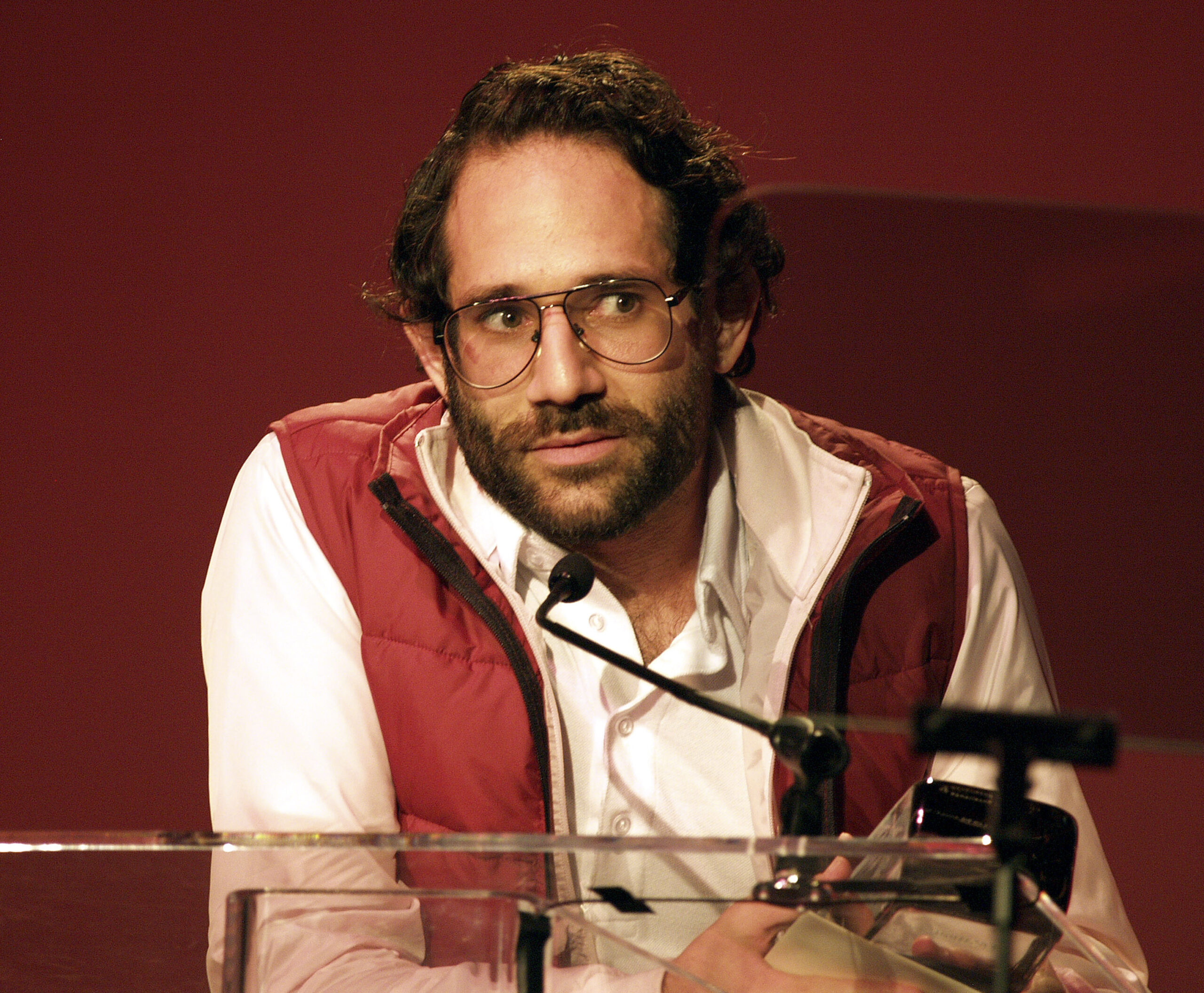Netflix’s hit docuseries Trainwreck continues to release a steady stream of new and exciting content, recently diving into one of fashion’s most chaotic empires: American Apparel. The Cult of American Apparel, which premiered on July 1, peels back the spandex to reveal the rise, fall and fallout of the brand that made basics sexy and controversy its signature. Following previous explosive episodes like Poop Cruise and Mayor of Mayhem, this installment uncovers the wild world of Dov Charney, the company’s provocative advertising and the inner workings of a business built on rebellion – which was ultimately its undoing.
In this article, we’re breaking down everything you need to know: how the company got started, why its ads stirred outrage, what role The 48 Laws of Power played behind the scenes and where Charney is now, including his recent work with Kanye West. We’ll also explore whether Los Angeles Apparel is truly a fresh start or just history repeating itself.
How did American Apparel get started?
American Apparel was founded in 1989 by Dov Charney, a Canadian entrepreneur with a vision of bringing back American-made clothing. Starting as a wholesale T-shirt business, it quickly gained traction for its commitment to domestic manufacturing and minimalist designs. Charney moved the operation to Los Angeles, where the brand expanded into retail and became known for its “Made in USA” ethos.
In a 2006 interview with ABC News, Dov referred to the company as being “vertically integrated.” Every step of production happened under one roof. At the time, the company ran the largest garment manufacturing facility in North America, allowing it to design, produce and distribute its clothing entirely from Los Angeles. This model gave American Apparel full control over quality, speed and labor standards. This was almost unheard of in an era dominated by overseas outsourcing.
Why the company’s nude ads were so controversial
The brand’s provocative advertising, often featuring unretouched photos of young models in suggestive poses, sparked backlash for being exploitative and hypersexualized. While some praised the raw, real-body aesthetic, critics argued the ads objectified women and blurred ethical lines, especially with underage-looking models. While the brand initially sparked controversy for its nudity and provocative ads, deeper concerns emerged over time, particularly around issues of consent and power dynamics behind the scenes. What once seemed like edgy marketing began to raise serious questions about exploitation, workplace culture and who was really in control.
Dov Charney, the company’s founder and CEO, faced multiple allegations of sexual harassment and misconduct from former female employees. Accusations ranged from inappropriate behavior in the workplace to coercive relationships, painting a troubling picture of the company’s internal culture.
Explaining Robert Greene’s role at American Apparel
Robert Greene (the author of The 48 Laws of Power) played a key role at American Apparel. Greene was a personal mentor and informal strategist to Dov Charney. His influence reportedly shaped the company’s aggressive business tactics and controversial branding. Greene’s philosophies on power, manipulation and leadership became embedded in the company’s DNA, for better or worse.
In The Cult of American Apparel, several former employees recall how The 48 Laws of Power wasn’t just a book lying around the office; it was practically a company manual. Dov Charney was known for quoting it often and seemed to live by its principles, using it as a guide for navigating both business and interpersonal relationships.
Is Los Angeles Apparel the same as American Apparel?
Los Angeles Apparel is not the same company, but it is in many ways a spiritual successor. After being ousted from American Apparel in 2014, Dov Charney launched Los Angeles Apparel in 2016. It continues his original vision: ethically made, sweatshop-free clothing manufactured in LA. The brand is more low-key than its predecessor but maintains the same commitment to American-made basics.
Approximately 90% of the new company’s factory machinery was acquired from American Apparel during its bankruptcy sale, allowing Charney to maintain continuity in production methods. Los Angeles Apparel emphasizes transparency by featuring the names and faces of its workers on product labels, highlighting the human element behind each garment.
Despite its ethical stance, Los Angeles Apparel faced challenges during the COVID-19 pandemic. In 2020, the factory experienced a significant outbreak, resulting in over 300 infections and four deaths among workers. The company was temporarily shut down by public health officials due to violations of infection control orders. In 2022, Los Angeles Apparel filed for Chapter 11 bankruptcy, citing approximately $30 million in debt. However, Charney remains active in the fashion industry, planning to open a flagship store in New York City in 2025, per Entertainment Weekly.
Where is Dov Charney now, and what is his net worth in 2025?
As of 2025, Dov Charney is still running Los Angeles Apparel. In recent years, the 56-year-old made headlines again for collaborating with Kanye West, reportedly assisting with production and garment development for West’s Yeezy line, including his “White Lives Matter” shirts. The partnership further solidified Charney’s reputation as a controversial but undeniably influential figure in fashion manufacturing.
His net worth has dropped significantly since his American Apparel peak. Celebrity Net Worth estimates the current number to be around $500,000. At the company’s peak in 2007, his net worth was over $700 million.
‘The Cult of American Apparel’ review: Should you watch the Netflix documentary?
Netflix’s The Cult of American Apparel is a gripping, often unsettling look at the rise and fall of one of fashion’s most controversial brands. As part of the Trainwreck docuseries, it weaves together raw interviews, archival footage and behind-the-scenes insights to unpack how Dov Charney built, and ultimately unraveled, a clothing empire that sold sex, rebellion and “Made in USA” ethics in equal measure. It explores how the brand’s provocative ads sparked early controversy, but the deeper stories of workplace power dynamics, employee exploitation and unchecked behavior leave the biggest impact.
The documentary’s strengths lie in its emotional weight and cultural relevance; it offers a revealing portrait of a company that helped shape early 2000s aesthetics and influencer culture. However, some viewers have criticized it for leaning too heavily on dramatization and not digging deep enough into systemic issues or fully holding Charney accountable. Trigger warnings are necessary: the film includes discussions of sexual harassment, toxic workplace behavior and graphic imagery. Still, for those interested in fashion, media and the darker side of modern branding, The Cult of American Apparel is a thought-provoking and worthwhile watch.
Frequently Asked Questions
Is American Apparel sweatshop free?
Yes, at its peak, American Apparel proudly operated a large factory in downtown Los Angeles and branded itself as “sweatshop-free.” The company paid above-average wages and offered benefits. Today, Los Angeles Apparel continues that tradition under Dov Charney’s leadership.
What is the share price of American Apparel?
American Apparel is no longer a publicly traded company. After filing for bankruptcy and being acquired by Gildan Activewear in 2017, it ceased trading on the stock market. The brand now exists primarily as an online-only label under Gildan’s ownership.

